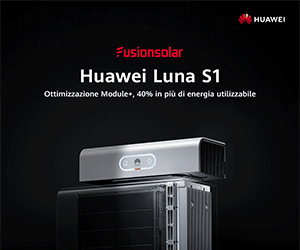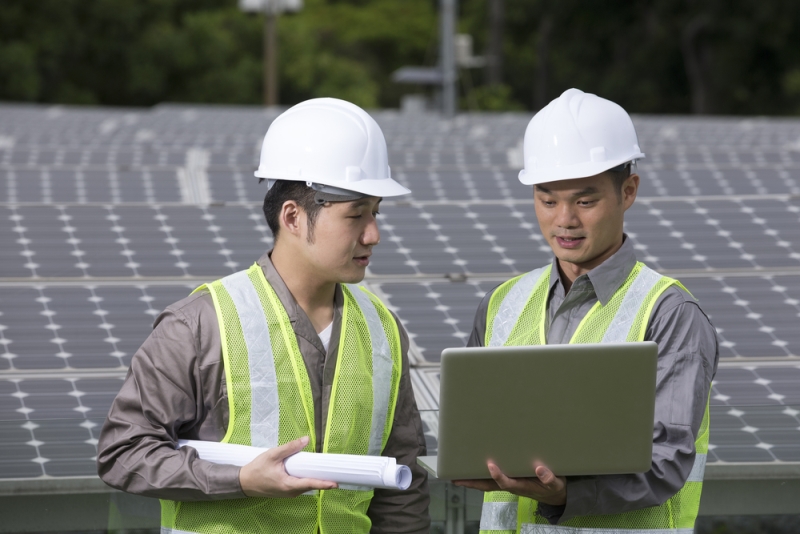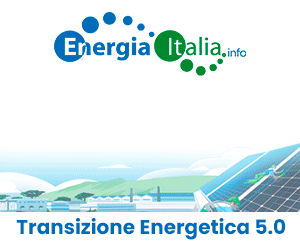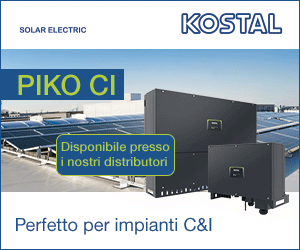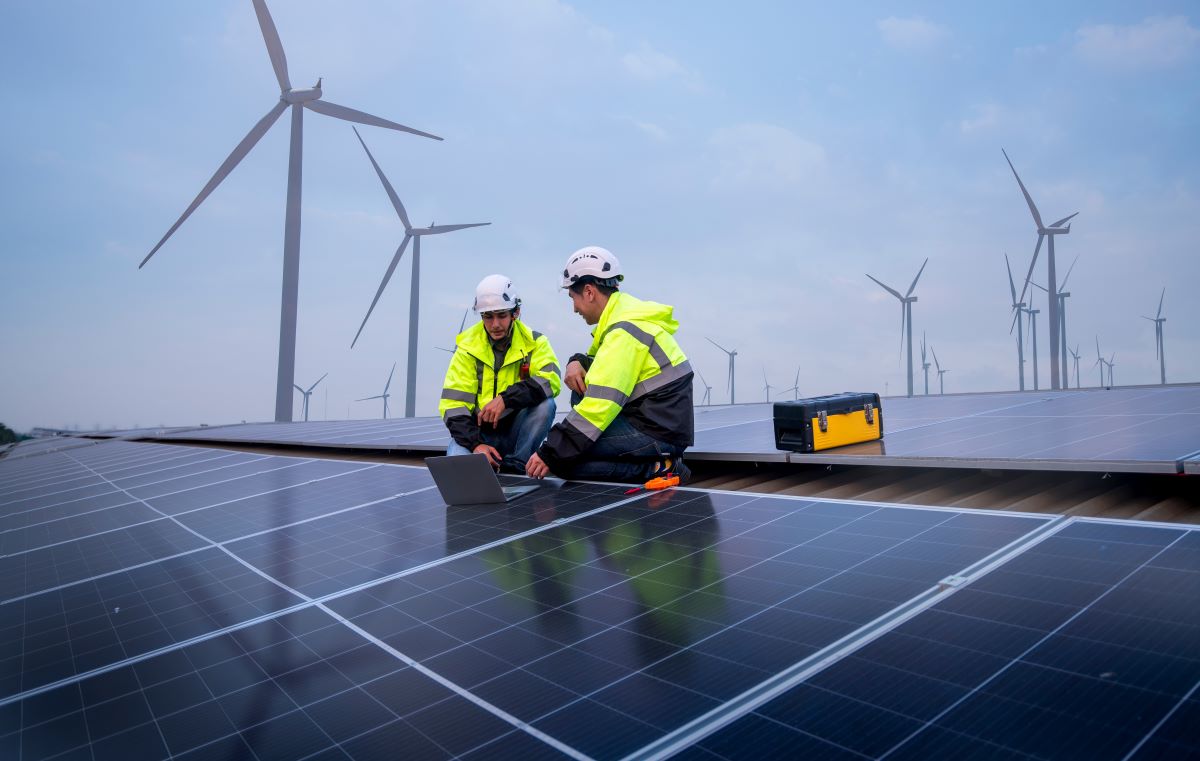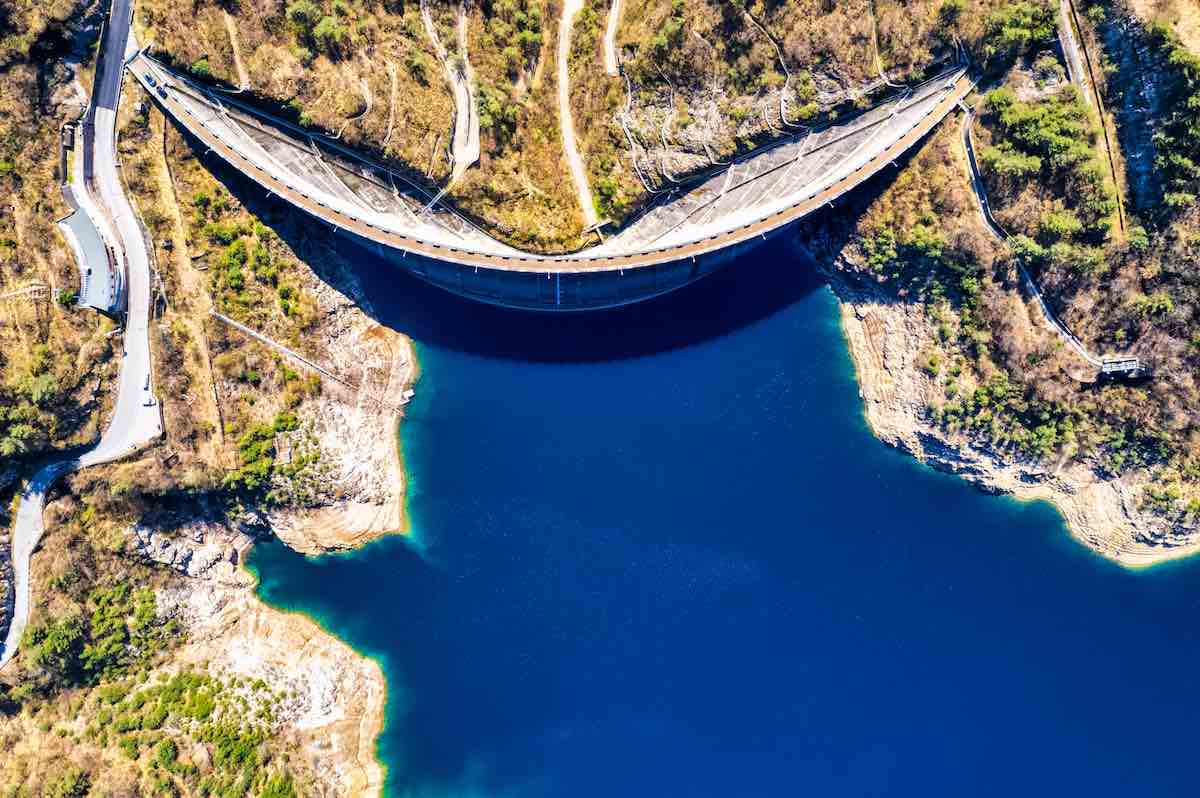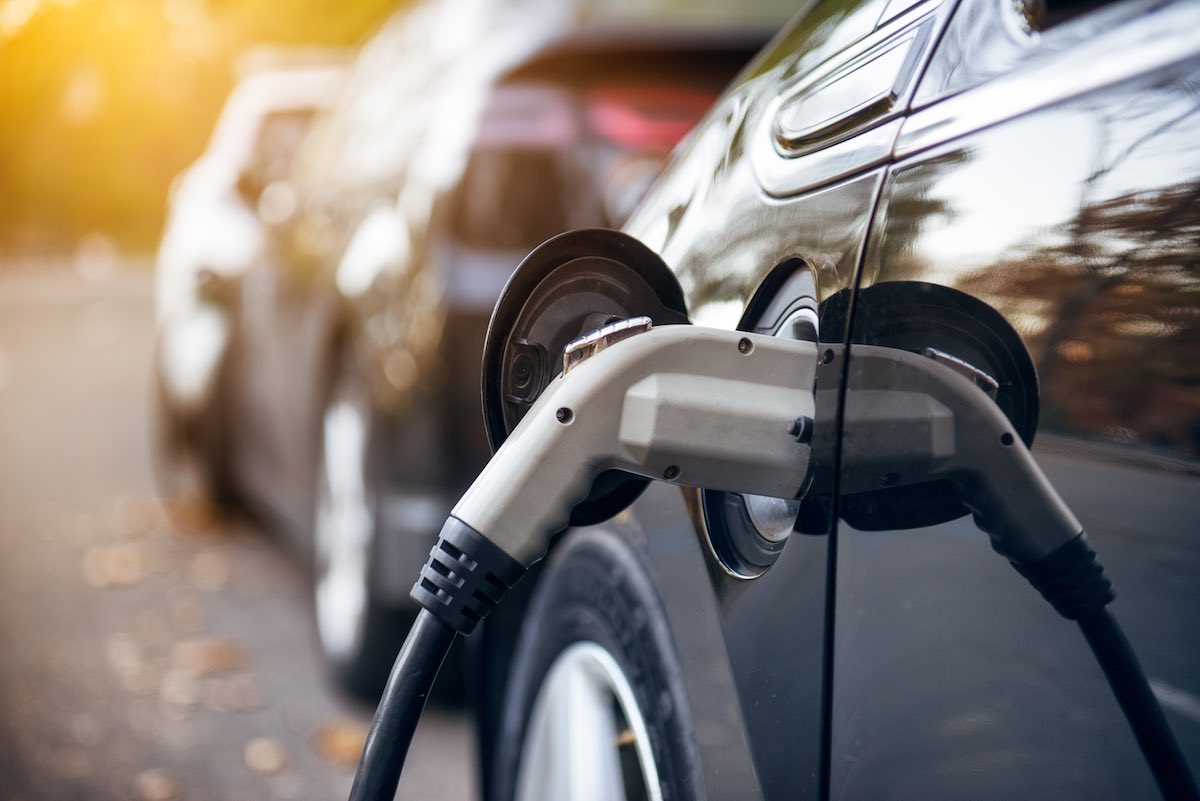The GSE (Italian government-owned company promoting renewable energy) is updating its “feed-in tariff” figures, dealing with the massive amount of power installed in last two months of 2009. On Monday 22 February the total count of power stations under the feed-in tariff had reached 967 MW. If we add up the 36 MW of power installed before 2006, that is before this incentive scheme became effective, we can say that Italian installations exceeded 1,000 MW.
We will have to wait another month before having the final 2009 figures, until the GSE has examined all the many questions received, but the annual amount is very likely to exceed 600 MW. Looking ahead, our estimates indicate that a further 1,000 MW will be installed in 2010. Italy has notched up considerable success as regards installations and ranked third in the world in 2009, after Germany and the United States (and maybe even second, before the USA).
And at last we can also see a revival of industry, with major investments underway. Now the country needs to stand fast, keeping control of the reduction in incentives, fostering the development of solar technologies and supporting and coordinating research activities, so that it may play an important role in the management of this strategic technology in the next years.
From solar to nuclear power. How should we interpret Obama’s decision to grant government loan guarantees for the construction of two new nuclear power plants and to increase the total budget for nuclear loan guarantees? The main opposition to the support for this technology is due to the financial industry, which is expressing growing doubts about the feasibility of a return to nuclear energy in the United States after 30 years of standstill. From a political point of view, Obama’s decision to increase guarantees – which were first introduced by Bush – from 18.5 to 54.5 billion dollars, can be clearly seen as a move to win the favour of republican senators and pass climate bill.
From a practical point of view, though, the effect will be minimal. Of 26 new power plant proposals submitted in the USA since 2007, 19 have already been cancelled or delayed due to their high costs. If everything worked out, in 2017 (or, more likely, in 2020) we would have two new reactors and their annual electrical output would be one third lower than the electricity produced by the 10 GW of wind power installed in the United States in 2009 alone. Perhaps a few other power stations will be built, but the overall situation of nuclear power in the USA shall not change, considering that at least ten old reactors will certainly be decommissioned, as prolonging their life from 40 to 60 years would not be worth the effort.
Switching to another sector, in 2010 we will start seeing the effects of the considerable resources included in Obama’s economic stimulus package as regards renewables and energy efficiency. At the end of the day, while nuclear power will be dealing with banks and local opposition, green economy will keep speeding up its growth.
Gianni Silvestrini (scientific director of QualEnergia)





